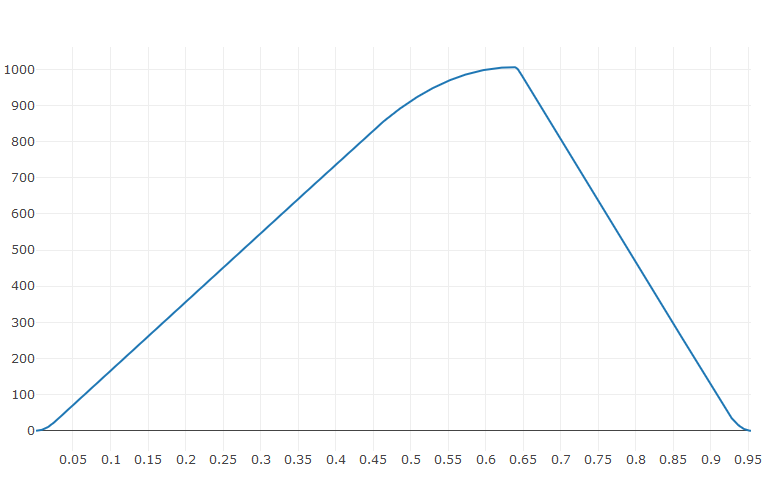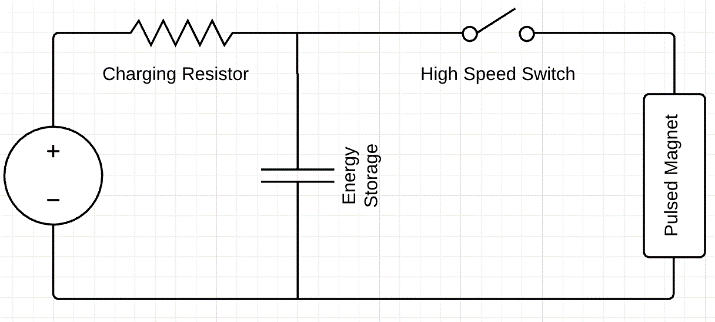The purpose of using power supplies at any accelerator is to provide required electrical current with very high precision for electro-magnets to generate the magnetic field required to steer the electron beam around the accelerator.
The power supplies mainly convert the Alternating Current (AC) electricity from the electrical mains grid to different shapes that are compatible with what is required by the different magnets. There are different types of power supplies. The basic type is called the Direct Current (DC) power supply that feeds magnets with current that is constant with time. DC Power Supplies usually operate in the range of 10-1000 Amperes.
Ramped Power Supplies
Ramped power supplies are basically DC power supplies that have their set point change very slowly, around 2Hz in SESAME’s case. These have the role of slowly increasing the current, thus the magnetic field in the accelerator while the energy of electrons is increasing.
These power supplies are usually named according to the magnet they are connected to, so a Dipole Power Supply is providing the necessary current to drive the Dipole Magnet.

Figure 1: Booster Dipole Current Ramping Curve. Time 0-0.95s
Pulsed Power Supplies
Pulsed Power Supplies are essentially very similar to DC Power Supplies, the only difference is speed. These power supplies provide the current to pulsed magnets in very quick bursts, ranging in length from 180ns-1.75ms in SESAME’s case.
Pulsed Magnets are usually used to transfer the electron beam from one accelerator to another like what is called ‘septum magnet’, and to deflect the electron beam in the same accelerator like what is called ‘kicker magnet’. This requires relatively big deflection to the electron beam, that, in turn, requires much higher magnetic fields to achieve. This is why a Pulsed Power Supply usually uses some kind of energy storage and releases its energy all at once in a controlled fashion via specialized high-speed electronic switches (Thyratron, Thyristor, Solid State Switch, etc.). The storage elements are usually capacitors, Pulse Forming Networks or Pulse Forming Lines. Pulsed Power Supplies are capable of producing currents in the range of 1000-7000 Amperes.

Figure 2: A block diagram of a typical Pulsed Power Supply
Sofian JAFAR
Supervisor of Electrical Engineering and Power Supplies Team
Email: Sofian.jafar@sesame.org.jo
Work Tel: +962 5 351 1348 (Ext. 263)
Sabri SHAWAR
Power Supplies Engineer
Email: Sabri.shawar@sesame.org.jo
Work Tel: +962 5 3511348 (Ext 264)

